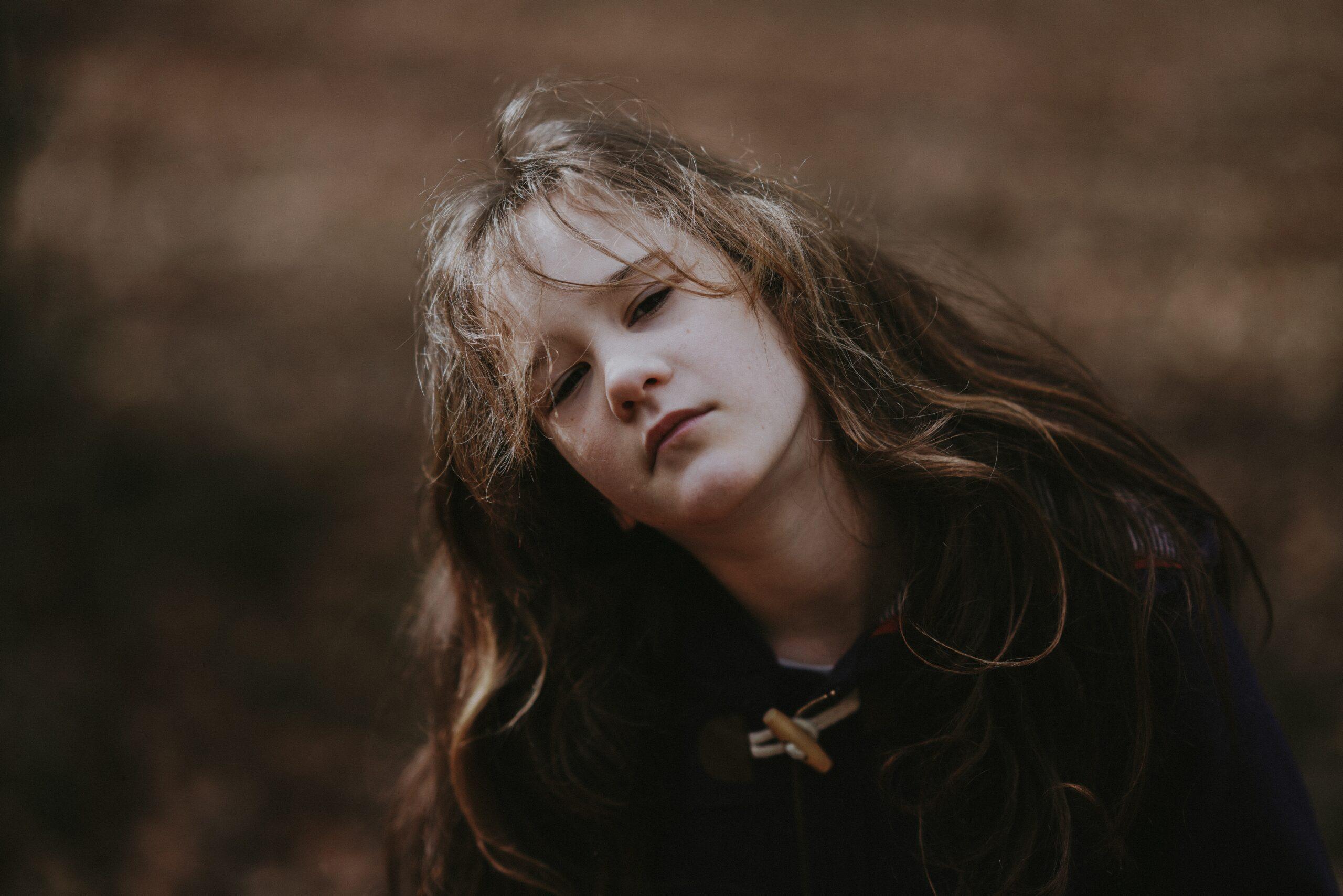Head lice are parasites that invade millions of households each year. The United States is no different than the rest of the world, with statistics revealing some 12 million cases of lice annually. Second only to the common cold among childhood illnesses, head lice touch all walks of life. Rich, poor, young, old— no person of any class, age, sex, race or ethnicity is resistant to lice. Quickly spreading through entire communities, this six-legged insect has caused schools to shut down, parents to lose jobs, children to feel humiliated and adults to cry.
References to head lice date back to the beginning of mankind, with many people afflicted offering their own versions of homeopathic remedies for ridding hair of this pesky insect. Fearful they will never eliminate their child’s infestation, parents sometimes resort to dangerous, even deadly, options in their frantic attempt to eradicate head lice. And those anxious to better educate themselves scour the Internet only to find conflicting facts and often outdated information.
What do you need to know about head lice? First, let’s explore the truths and the myths.
- Head lice do not jump or fly, nor do they live on pets.
- Eggs— or nits, as they are commonly called— need the warmth of the body to incubate. Separated from the head, eggs must hatch in 24 hours, or they will be unable to hatch. Thus, only eggs on the head should cause concern.
- Because nits do not hatch off the head, bagging everything your child owns for three weeks not only frustrates your child, it wastes time and wears you out during an already stressful situation.
- Sharing items like barrettes or pillows is not as big of a concern for transmission as was once believed because lice do not willingly leave the head (their food source).
- Mega-cleaning is not necessary. Exercise common sense cleaning that focuses on a 24-hour window.
- Head lice need human blood to survive and they only willingly leave their human host when they have another source to which to move.
- Spread mainly through head-to-head contact, head lice favor the soft scalps and baby-fine hairs of children.
- More often found on girls than on boys, lice camouflage themselves, generally making complete lice and nit removal an overwhelming task.
Itching, commonly thought of as the best way to identify head lice, is not always an accurate means of detection. When lice feed, they secrete saliva. Itching occurs when an infested person has an allergic reaction to the saliva and, like any allergy, not everyone is sensitive. Other classic signs of head lice are:
- Rash at the nape of the neck.
- Swollen glands.
- Low-grade fever.
- Bags under the eyes.
- A tendency to fall asleep after a seemingly good night’s rest.
If after checking your child’s head your fears are confirmed, what is the next step?
- If you find lice, communicate with the caretakers of any children who have had recent contact with your child. Such parents, and school nurses when appropriate, should then check other children, accordingly.
- Check all family members to identify additional cases in the household.
- Don’t panic and always exercise caution when treating head lice. Avoid products known to be toxic and dangerous or unproven home remedies.
- Get a good lice comb and use it well beyond the treatment period.
- Be tedious in your search for lice and nits. Don’t let your guard down for at least three weeks.
To minimize the odds of getting infested again, exercise the following commonsense precautions and remember that early detection is key.
- Pull hair back to reduce the opportunity for lice to transfer.
- Use mint-based products, which provide an offensive odor to head lice.
- Comb with a good lice comb once a week, well into adolescence.
- Watch for warning signs and respond to them.
- Avoid known cases of head lice.
Head lice resistant to products, or so-called “Super Lice,” continue to concern parents and professionals. But there is hope. New products, and likely safer and more effective treatment options, are being developed. While many products may assist parents in the treatment process, researchers have yet to find a substitution for the painstaking process of nit picking. No one knows for certain where head lice came from or why they even exist. Yet one thing is certain— lice are here to stay.



